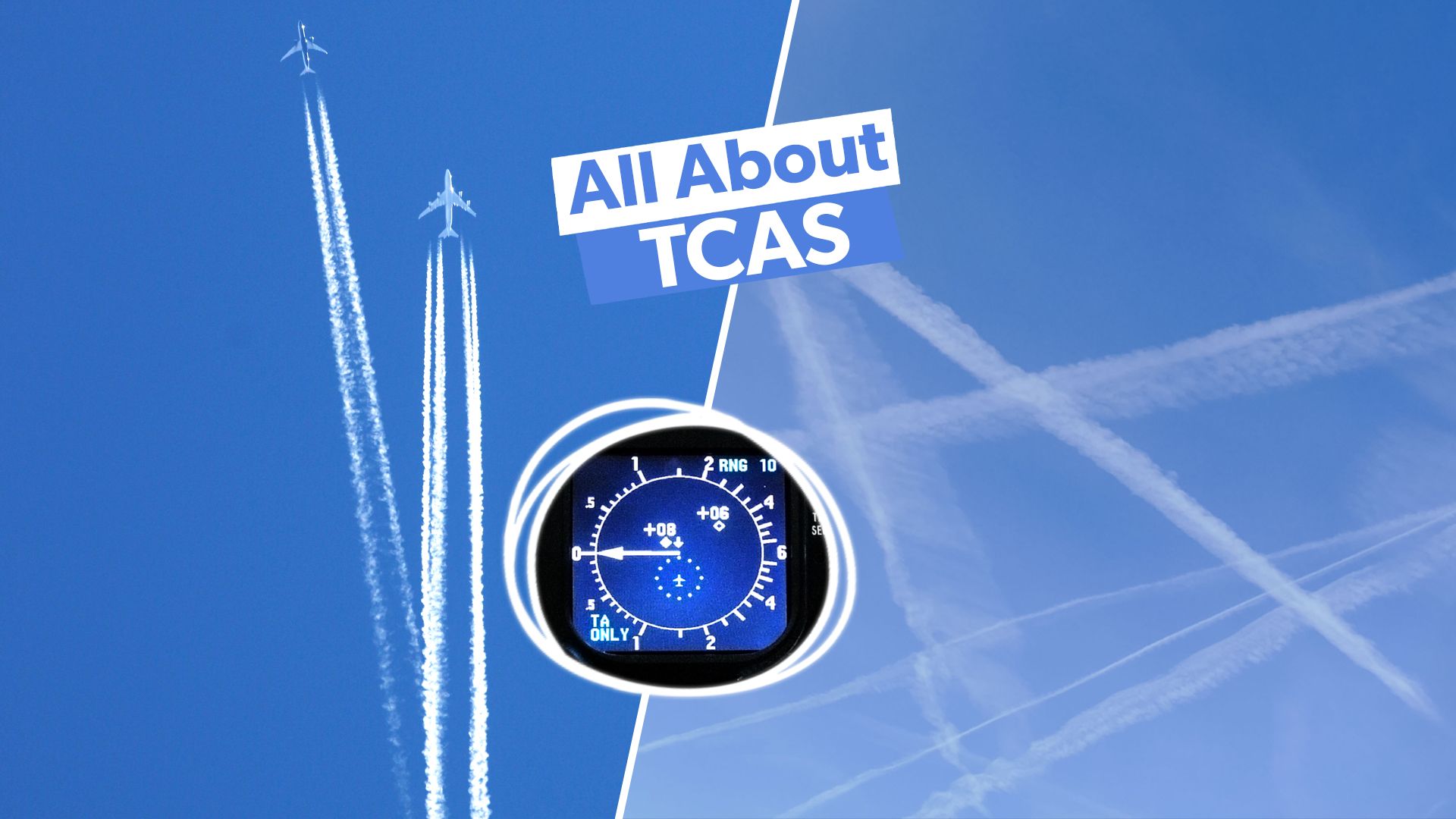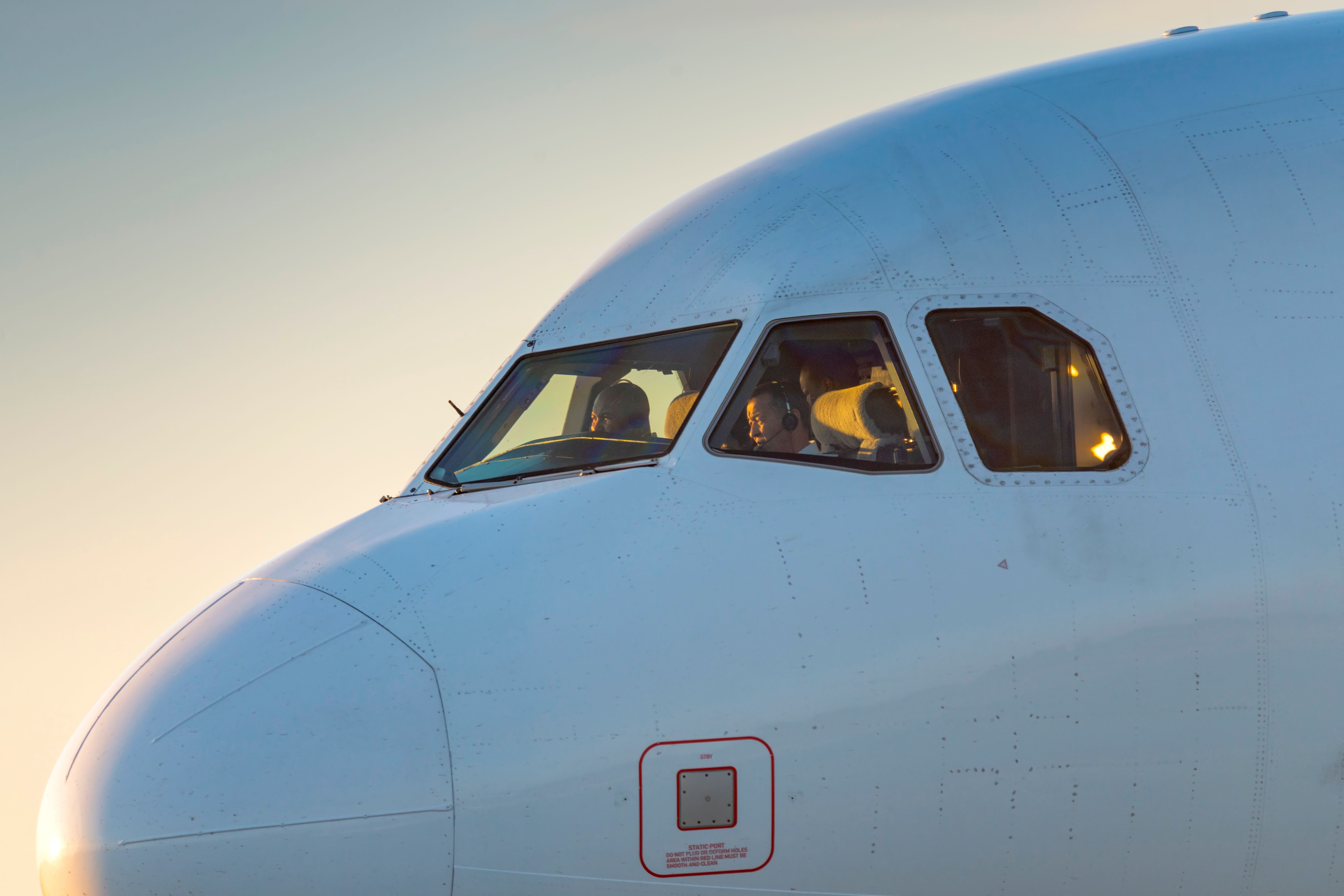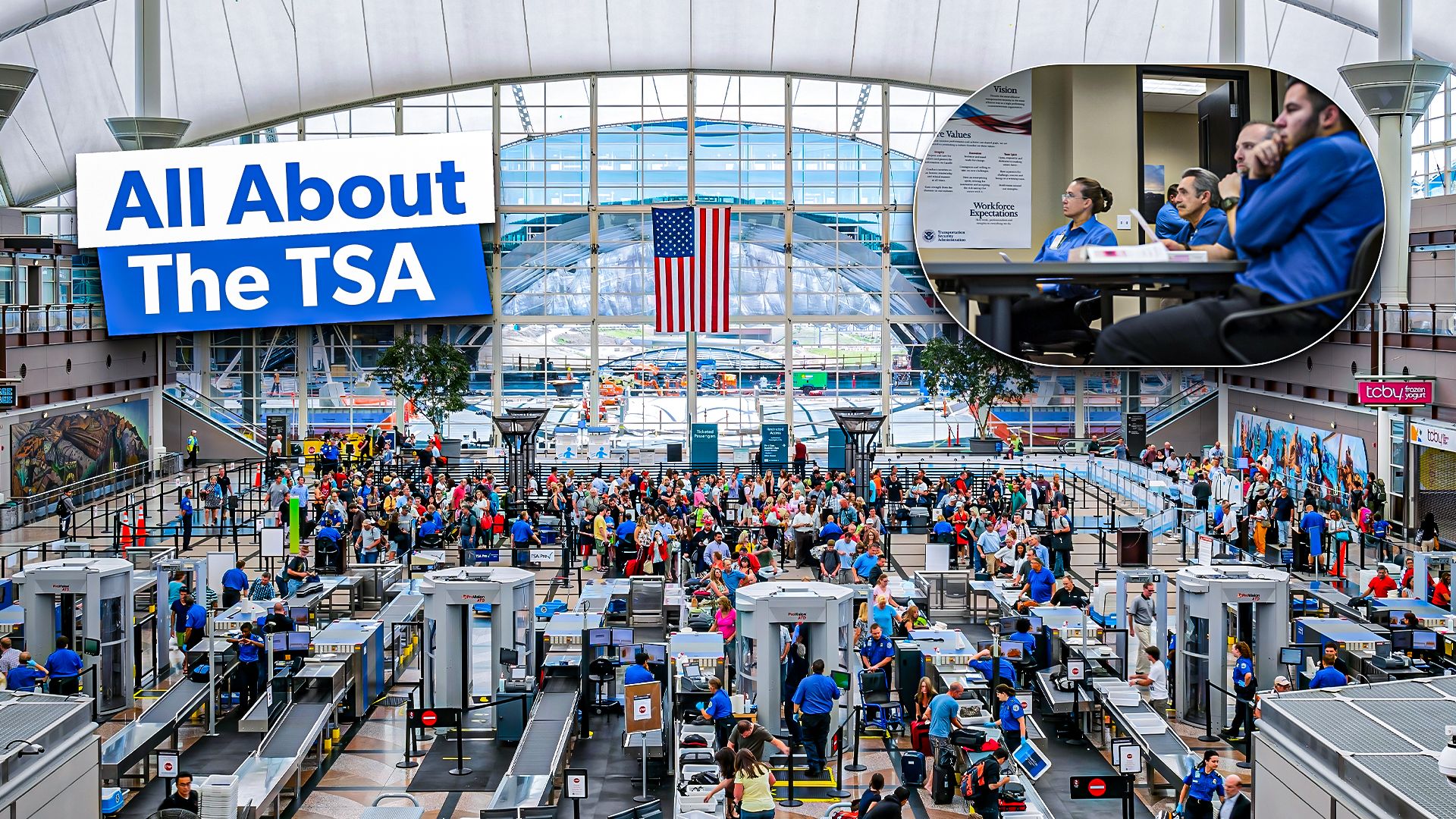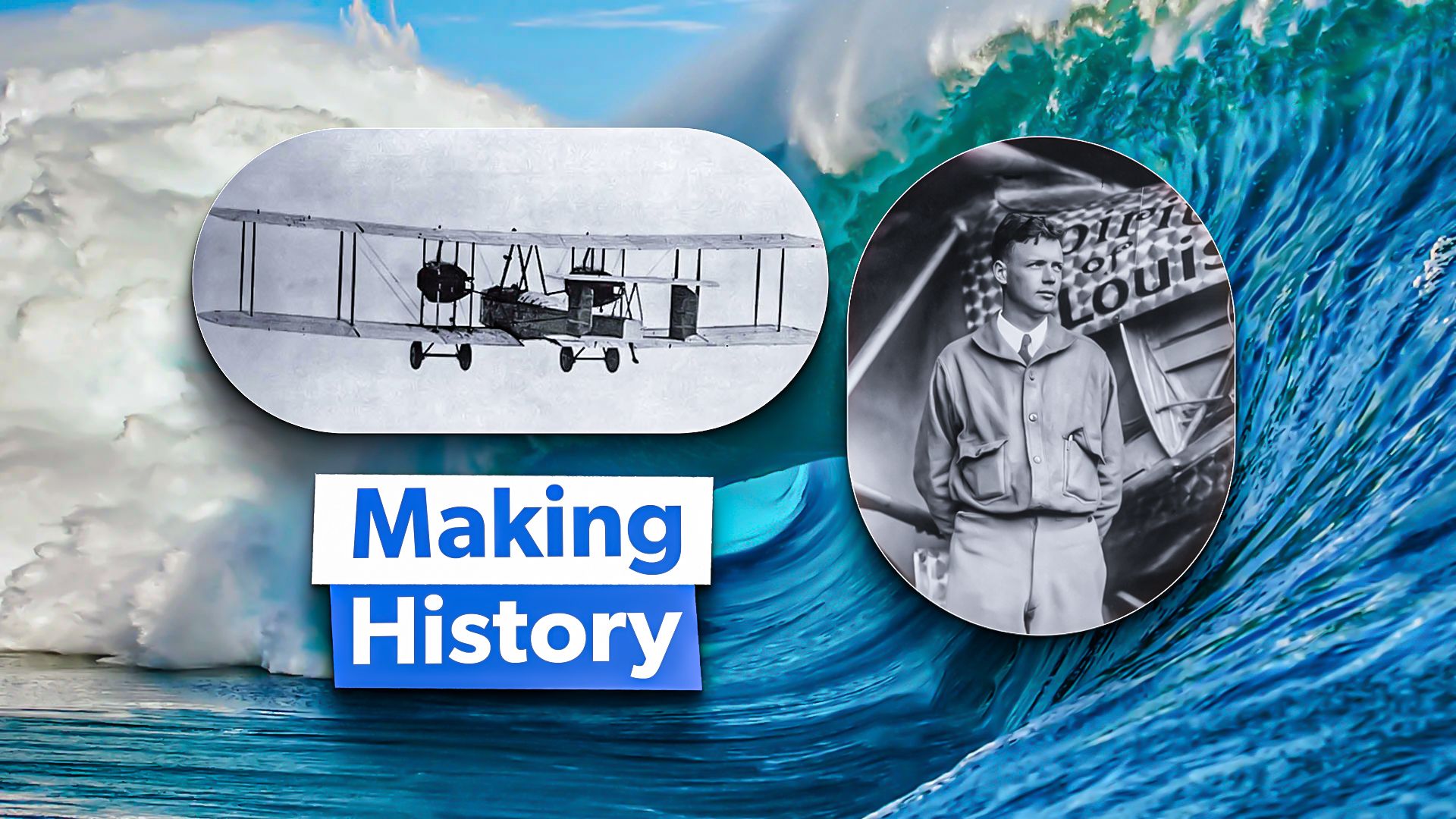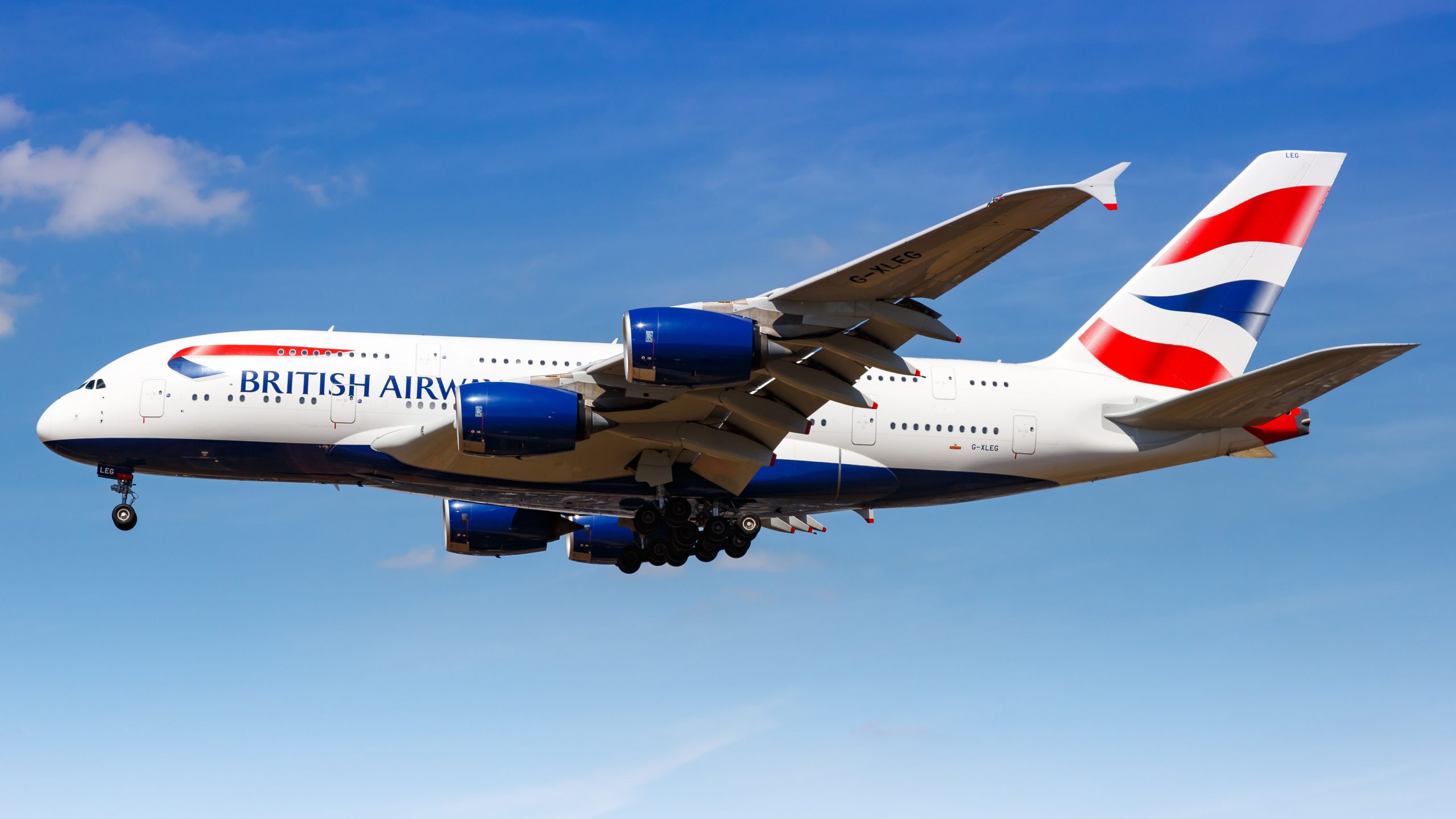Known as the Airborne Collision Avoidance System (ACAS) or Traffic Alert Collision Avoidance System (TCAS), it is a system designed to help increase cockpit awareness of neighboring aircraft and is the last defense against mid-air aircraft collisions.
These systems aid in monitoring airspace around an aircraft and for other transponder-equipped aircraft that could present a collision threat. TCAS
operates independently of ground-based equipment and provide pilots with up-to-date guidance on preventing a potential collision.
Tracks other aircraft in neighboring airspace
The system tracks aircraft surrounding its current airspace through replies from other air traffic control responders. If the system picks up a neighboring risk of an impending collision, it will issue a resolution advisory (RA) to the crew in commencement.
This would then direct the pilots on how they are best to regulate the situation or adjust their current vertical rate to avoid a collision with another aircraft.
Continued training, experience, and operational monitoring have shown through simulation studies that when TCAS is followed promptly and accurately, the RA’s that the TCAS / ACAS issues will significantly reduce the chances of a mid-air collision
.
The ACAS/TCAS aids pilots in avoiding potential collisions that could be fatal for passengers and crew. To achieve the intended safety benefits, pilots must operate the system correctly and respond quickly to resolution advisories. Here are five key pieces of information about the ACAS/TCAS functionality:
1
Two types of alerts
Traffic (TA) or Resolution (RA) advisories
- Traffic Advisories are issued to help pilots visualize the imminent threat of an intruder aircraft and will alert them to prepare for a potential resolution advisory (RA).
- Resolution Advisories are issued to ensure avoidance maneuvers are recommended to the pilot and will tell the pilot the range of vertical rates the aircraft must be flown to avoid a collision.
RAs can be generated by cornering most aircraft equipment with altitude-reporting transponders. The intruder aircraft is not required to be fitted with ACAS; however, if both aircraft have this system, their systems will coordinate through Mode S data links to select complementary resolutions. ACAS, however, does not have the functionality to detect non-transponder aircraft.
2
Including State aircraft
Voluntary program for military-type aircraft
The mandate to use ACAS is only applicable to civil aircraft; however, in 2005, a voluntary program was encouraged for military transport-type aircraft and agreed to by many states. An exception to this rule is Germany, where the country decided to put its own transitional and exemption arrangements in place. Euro Control
Civil Millitary Interface Standing Committee (CMIC), met in 2016, and has since revised a policy for all military aircraft to be fitted with ACAS.
While including new military transport-type aircraft may not be seen as mandatory in regulatory terms, it is, for obvious reasons, strongly encouraged to improve overall safety and avoidance of mid-air collisions. The European Union
airspace is expected to have aircraft fitted with ACAS equipment if it exceeds more than 5700kg in weight or authorized to transport more than 19 passengers.
3
Transponders between aircraft
1030 MHz and 1090 MHz
Communication between aircraft is enabled by a transponder. Each TCAS-equipped aircraft will determine other aircraft within select ranges via the 1030 MHz radio
frequency. All other aircraft will then reply to interrogations via 1090 MHz. This interrogation and response cycle repeats several times per second.
The system then creates a three-dimensional map within the airspace, incorporating the aircraft’s range, altitude, and bearing. With this data, it will determine whether a collision threat exists. The TCAS and its versions/variants can only interact with aircraft operating a C or S-mode transponder.
Photo: dentorson | Shutterstock
Identifying potential collisions
At this time, potential collisions may be avoided by resolution advisories negotiating mutual avoidance maneuvers between the two aircraft. These are communicated to the crew by:
- Cockpit display
- Synthesized voice instructions
- A protected volume of airspace surrounds
- Antennas
4
TCAS Computer units
Intruder and altitude tracking
The TCAS system performs consistent airspace surveillance, tracking its own attitude and that of potential intruders. The TCAS Processor uses pressure altitude
and radar altitude to collaborate information from its own aircraft and other information collected to provide collision avoidance logic parameters.
Antennas
for TCAS are mounted on the top, or bottom of the aircraft, with most using the optional directional antenna on the bottom. In addition, two antennas are required for the Mode S transponder, which sees one on top and another on the bottom. These enable the transponder to receive interrogations on the 1030 MHz frequency.
5
Pilot training
Extensive training to prevent a collision
Pilots receive thorough training on using the ACAS/TCAS system to ensure they understand the steps required to avoid a mid-air collision. These include:
- The controller of the resolution advisories (RA) is permitted to respond as soon as the indication is made. This notification is not required before initiating the initial response.
- To not make maneuvers in an opposite direction to that dictated by the RA.
-
Advise
air traffic controlas soon as permitted by the flight crew and follow/comply with all ATC clearance.
- Be alert for the removal of RA’s to ensure that deviations from cleared altitudes are reduced.
- To promptly return to previous ATC clearance, or to comply with the revised clearance as provided by air traffic control
Resolution advisories occur on average every 1,000 flight hours on short or medium-haul aircraft and extend to every 3,000 hours on long-haul aircraft and flights. In Europe, the use of TCAS has been reduced. Within Europe, under Eurocontrol, data identifies that in around 25% of cases, pilots have followed the resolution advisory incorrectly. However, Airbus
has the option of an autopilot/flight director that works with TCAS for automatic avoidance maneuvers.

